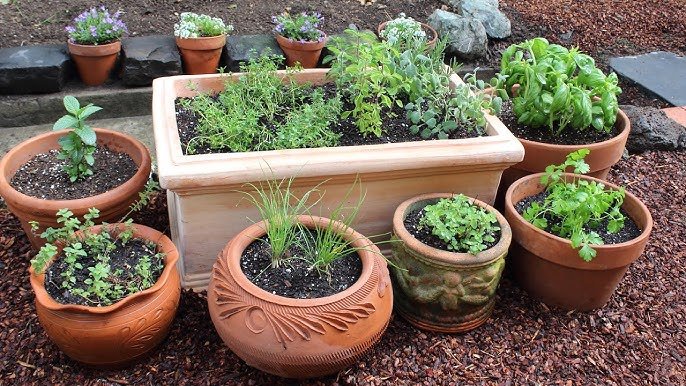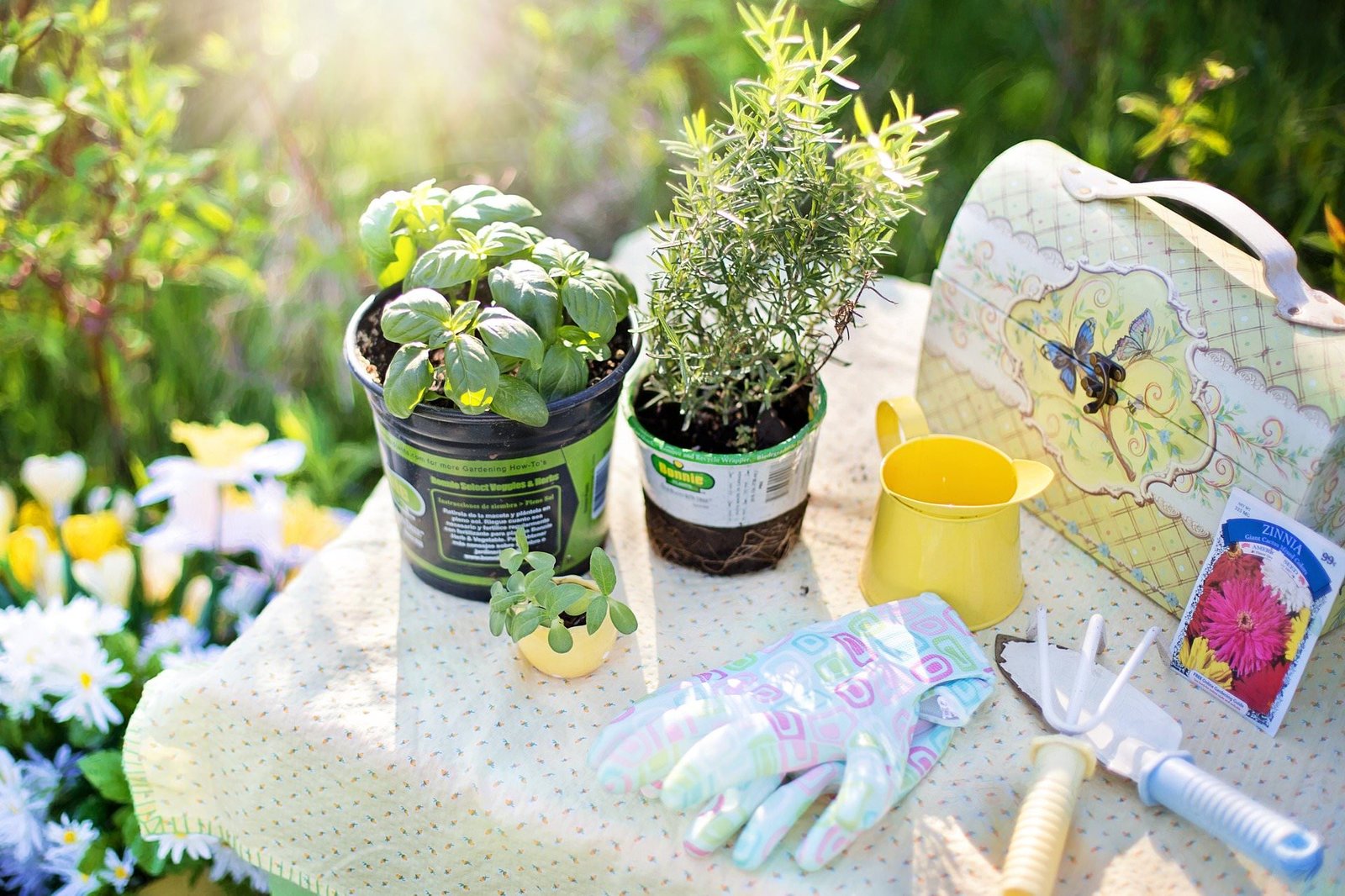How to Grow Your Own Medicinal Herb Garden
Growing your own medicinal herb garden is a rewarding and practical way to access natural remedies for common ailments. Not only do medicinal herbs add beauty to your garden, but they also offer a wide range of health benefits. Whether you are a beginner or an experienced gardener, this guide will help you get started with growing your own medicinal herb garden. From choosing the right plants to maintaining a healthy garden, you’ll learn everything you need to know to successfully grow herbs that support your well-being.

1. Choosing the Right Medicinal Herbs for Your Garden
The first step in growing a medicinal herb garden is selecting the right herbs for your climate, soil, and intended use. Start by choosing herbs that are known for their medicinal properties and are well-suited to your growing conditions. Some popular medicinal herbs to consider are:
- Lavender: Known for its calming and relaxing properties, lavender is often used for anxiety and sleep issues.
- Chamomile: A gentle herb that promotes relaxation and is used to treat digestive issues and insomnia.
- Echinacea: Widely used to boost the immune system and prevent colds and flu.
- Peppermint: Helps relieve digestive problems, headaches, and muscle tension.
- Ginger: A powerful herb known for its anti-inflammatory properties, often used for nausea and digestive issues.
Consider your climate and growing zone before selecting herbs. Some herbs thrive in cooler climates, while others prefer warmer temperatures. Research each herb’s needs to ensure they will grow well in your area.
2. Preparing Your Garden Space
Once you have chosen your herbs, it’s time to prepare the garden space. Select a location that receives at least six hours of sunlight per day, as most medicinal herbs require full sun to thrive. If you have limited outdoor space, you can also grow herbs in containers on a balcony or windowsill.
Before planting, prepare the soil by ensuring it is well-draining and rich in organic matter. You can improve your soil by adding compost or organic fertilizers. For raised beds, ensure proper drainage to prevent waterlogging, which can harm the roots of your herbs. Depending on the herbs you choose, the soil pH may need to be adjusted. For example, lavender prefers slightly alkaline soil, while chamomile thrives in neutral soil.
3. Planting Your Medicinal Herbs
When it comes to planting your herbs, timing is crucial. Most herbs are best planted in the spring after the last frost has passed. If you’re starting from seeds, follow the seed packet instructions for planting depth and spacing. Many herbs can be directly sown into the soil, but others may require indoor seed starting before transplanting outdoors.
For those new to gardening, purchasing seedlings or young plants from a nursery can be an easier option. When planting, make sure to space your herbs according to their mature size to prevent overcrowding. Overcrowding can lead to poor air circulation and increase the risk of pests and diseases. Water the plants well after planting and keep the soil consistently moist during the growing season.
4. Caring for Your Medicinal Herb Garden
Caring for your medicinal herb garden involves regular maintenance to ensure healthy growth. Here are some tips for taking care of your herbs:
- Watering: Most herbs prefer slightly dry conditions, so avoid overwatering. Water deeply once a week, allowing the soil to dry out slightly between waterings. Be mindful of the specific water needs of each herb.
- Pruning: Regular pruning promotes healthy growth and prevents plants from becoming too leggy. Pinch back flowers to encourage leaf production, which is typically the most medicinally potent part of the plant.
- Mulching: Apply a layer of mulch around your herbs to retain moisture, suppress weeds, and maintain soil temperature. Avoid putting mulch directly against the stems of the plants to prevent rot.
- Pest Control: Keep an eye out for common pests such as aphids, caterpillars, and spider mites. Use natural pest control methods, such as introducing beneficial insects or using insecticidal soap, to keep pests under control.
5. Harvesting and Storing Your Medicinal Herbs
Once your herbs have grown, you’ll want to harvest them at the right time to ensure they contain the most potent medicinal properties. The best time to harvest most herbs is just before they bloom, as this is when their essential oils and active compounds are most concentrated. Use clean, sharp scissors or pruning shears to harvest the leaves, flowers, or roots, depending on the herb.
After harvesting, dry your herbs to preserve them for later use. The best method for drying herbs is by hanging them upside down in a cool, dry place with good airflow. Alternatively, you can use a dehydrator for quicker results. Once dried, store your herbs in airtight containers away from direct sunlight to maintain their potency.
Conclusion
Growing your own medicinal herb garden is a fulfilling way to embrace natural health practices and improve your well-being. By selecting the right herbs, preparing your garden space, and providing proper care, you can create a thriving herbal garden that offers a wealth of remedies at your fingertips. With a little patience and attention to detail, you can harvest fresh, homegrown herbs that support your health and enhance your life.



